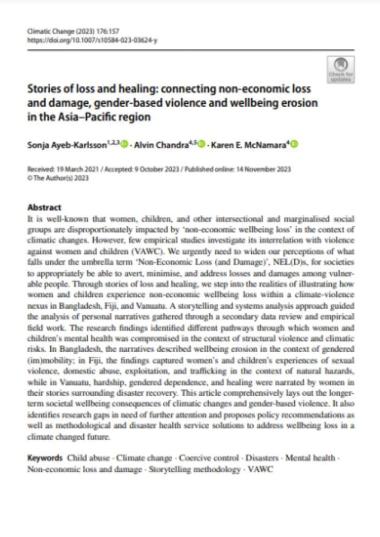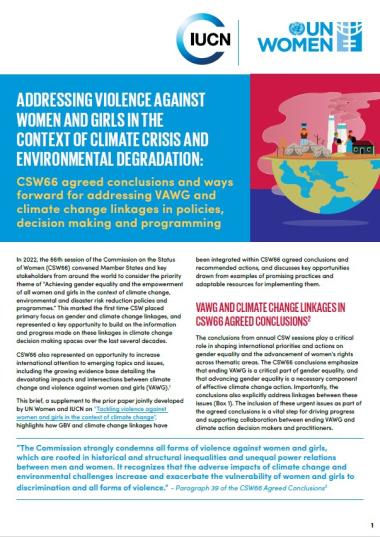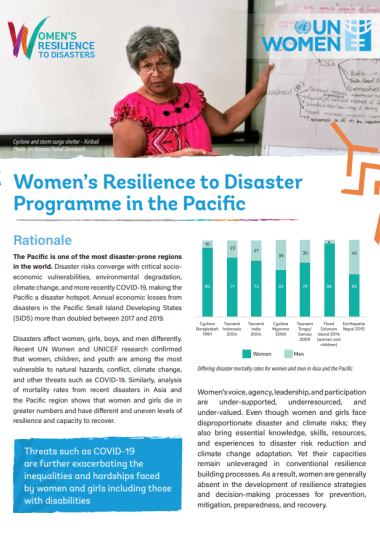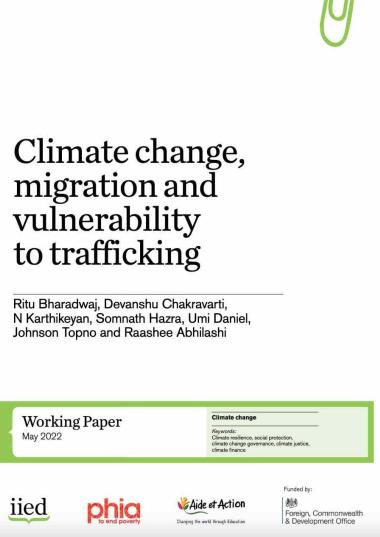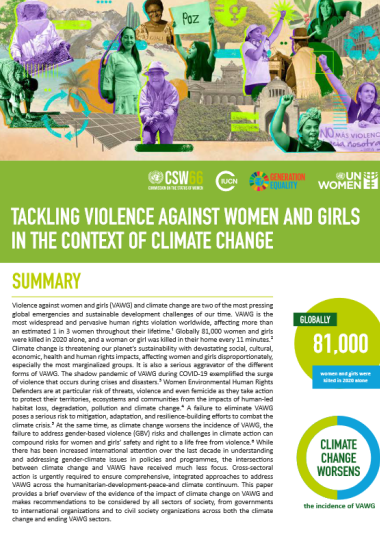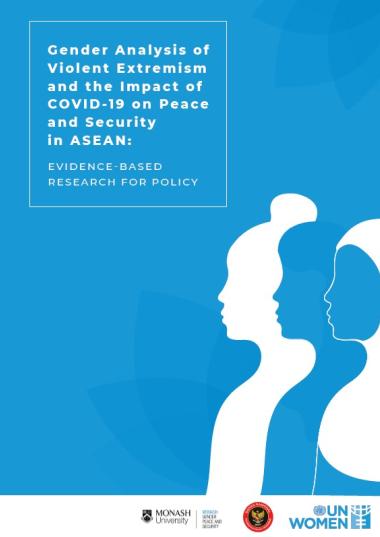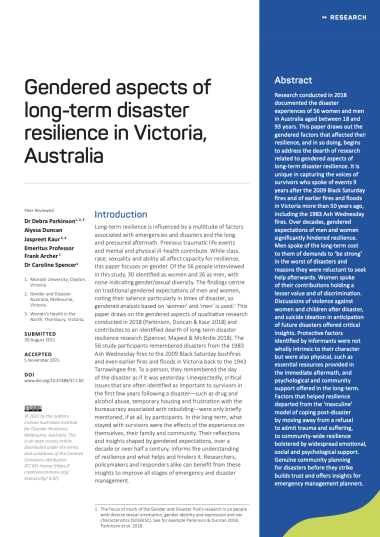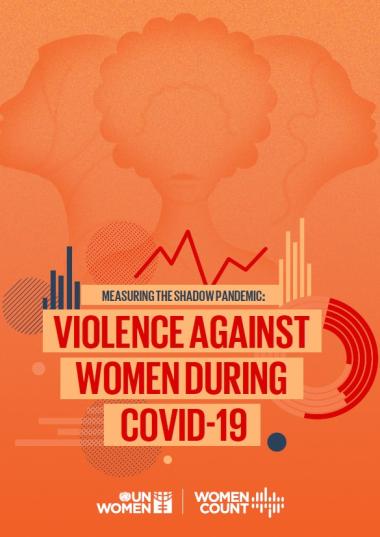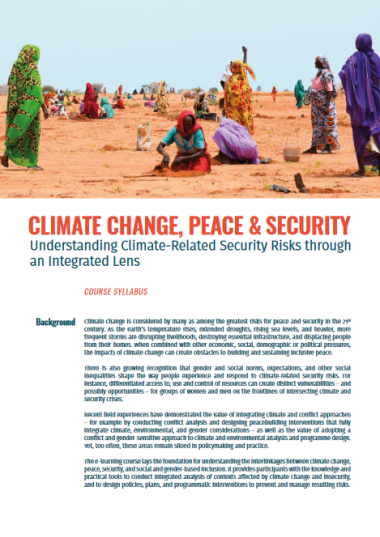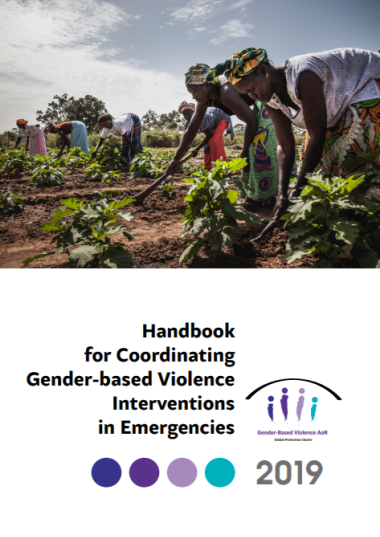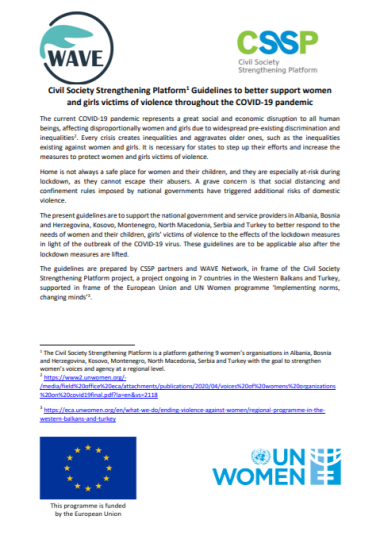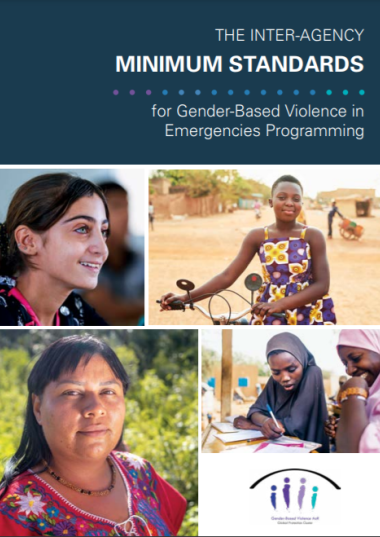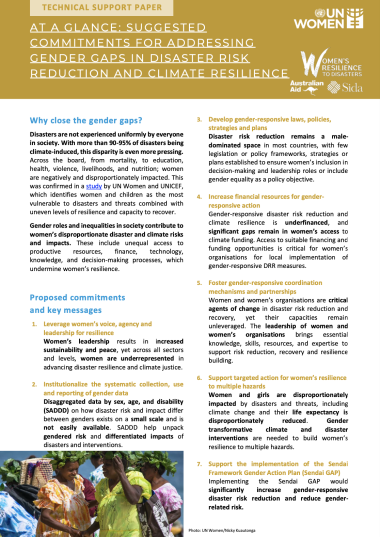
Women's freedom from violence
Gender-based violence (GBV) includes any harmful act (physical, sexual, emotional) perpetrated against a person's will that is based on socially ascribed gender differences between males and females. GBV is a life-threatening health, human rights, and protection issue. While GBV can affect both females and males, globally women and girls are disproportionately affected. This study shows that GBV in disaster and post-disaster context can take many forms: domestic violence, sexual violence, sexual exploitation and abuse, child or early marriage, and trafficking.
The IFRC further affirms that responders need to make themselves aware of possible risk factors and become sensitive to GBV across their prevention, preparedness, response and recovery efforts by:
i) developing strategies for preventing and addressing GBV in organisational responses and cultures, by raising awareness, and taking measures to prevent sexual exploitation and abuse by disaster responders;
ii) recognising the role that livelihood support can play in preventing GBV, and prioritising resilient livelihood projects for those most at risk from it; and iii) ensuring that GBV and the safety of women and children are considered in all disaster preparedness and planning.
GBV is deeply rooted in gender inequality and discriminatory norms. The Call to Action on Protection from Gender-Based Violence in Emergencies initiative highlights that inequalities and discrimination are exacerbated in humanitarian emergencies and post disaster contexts, in which vulnerability and risks are high, yet family and community protections have broken down. In these contexts, temporary shelter used by women and girls during and after disasters can exposure women and girls and people of diverse sexual orientations and genders to increased risk of harassment and assault. Protracted displacement situations are increasingly common, and many women and girls can live in temporary shelter for many months or years.
Effective prevention, preparedness, recovery and protection strategies that cut across sectors (e.g. infrastructure, social protection) are needed. This includes developing measures for reporting GBV, fostering awareness of GBV, ensuring victim confidentiality, and putting protocols in place to ensure safe shelter and facilities for women and girls.
